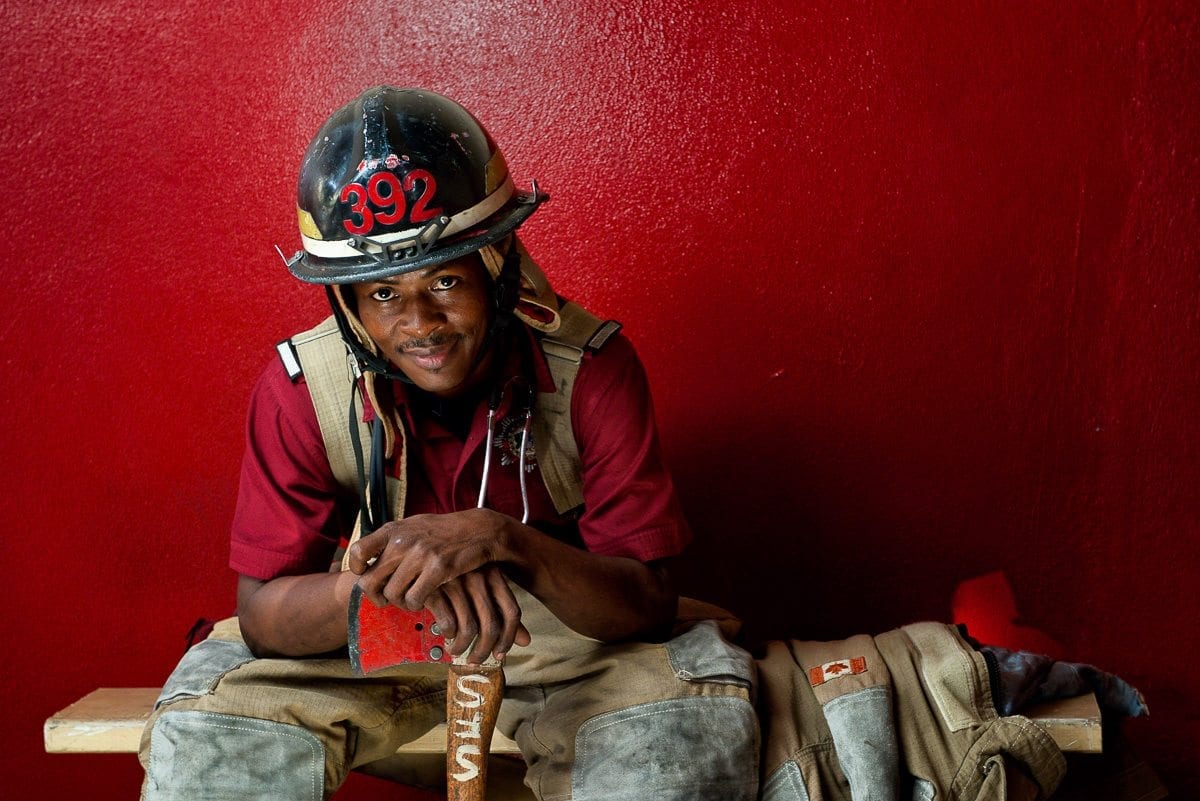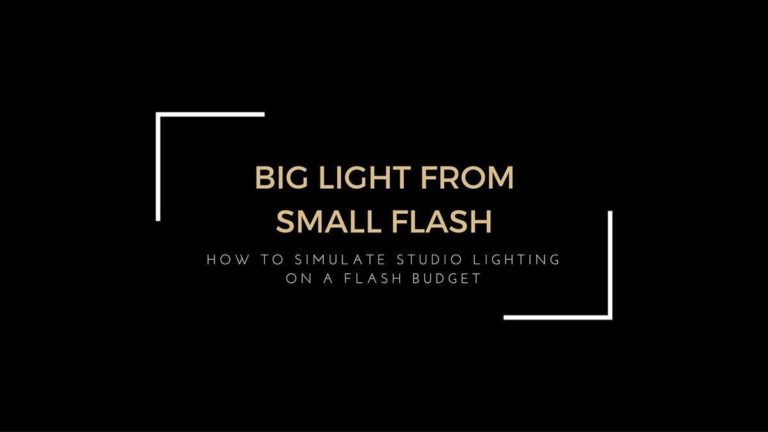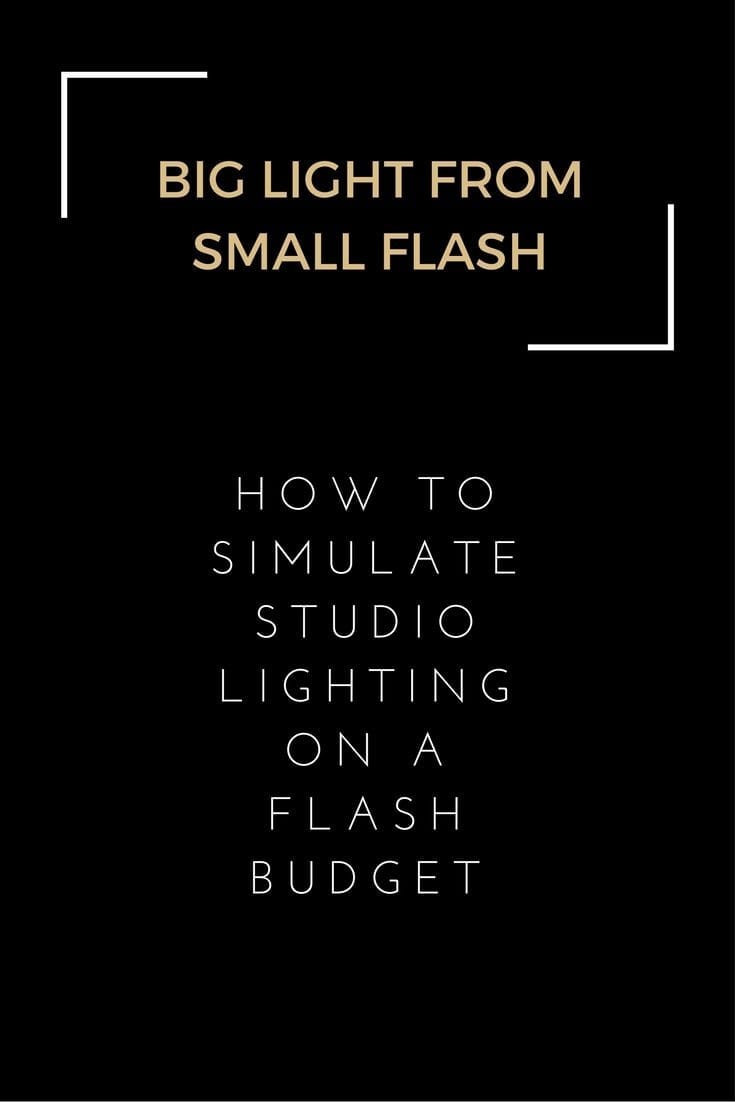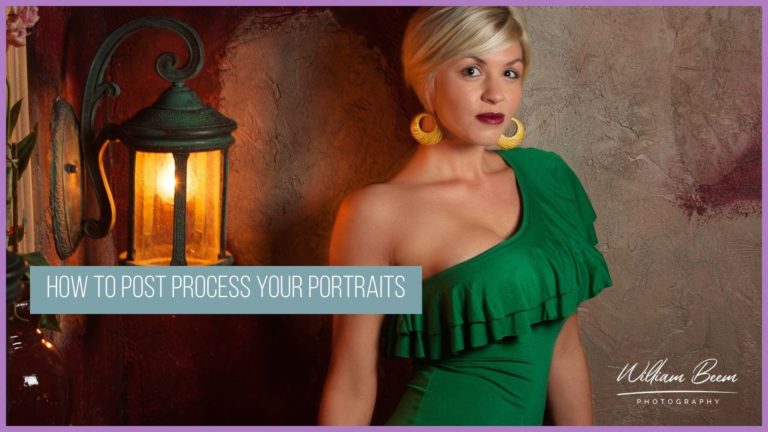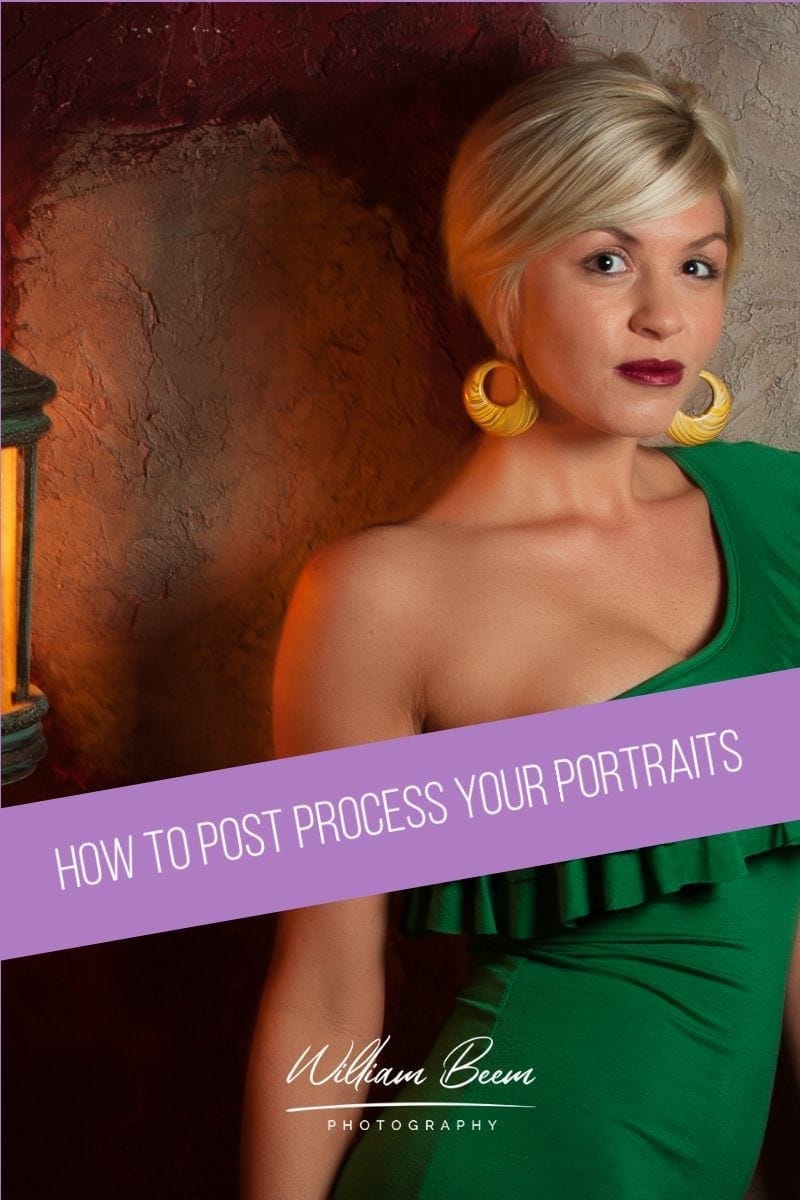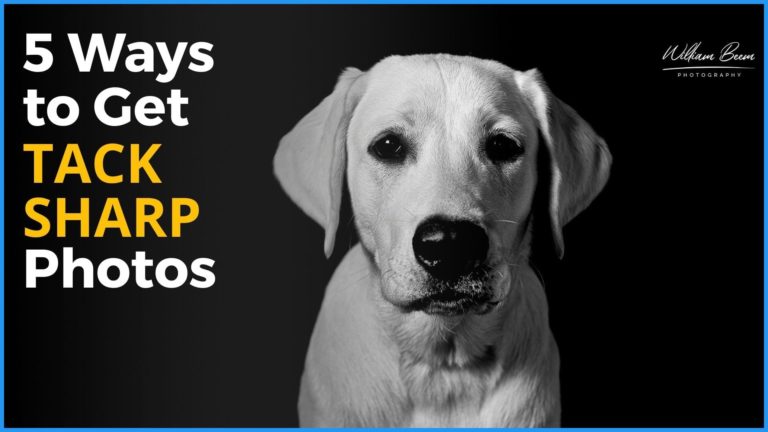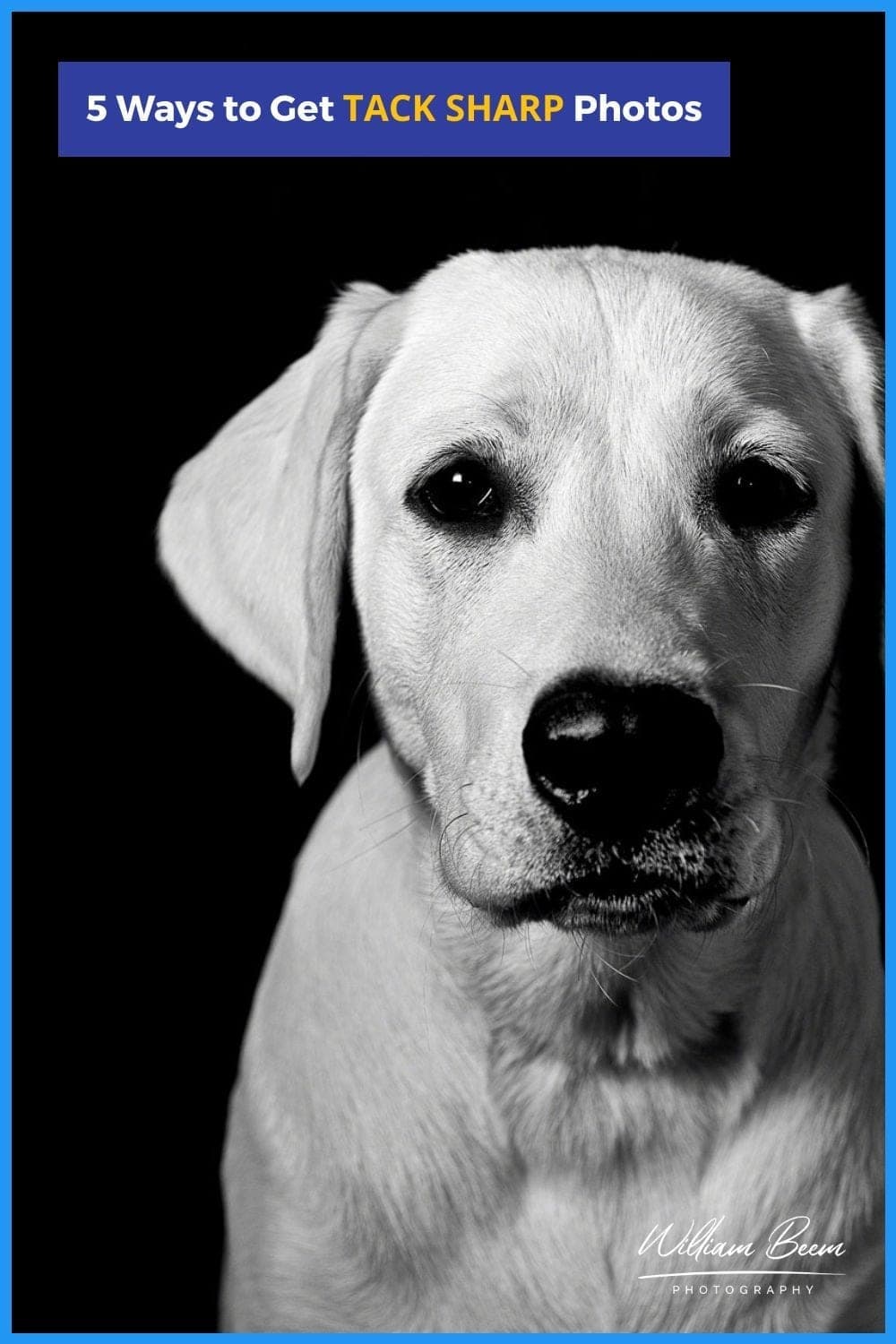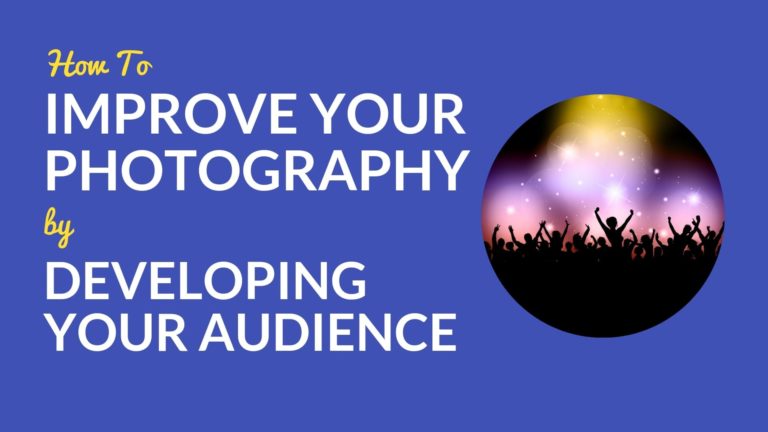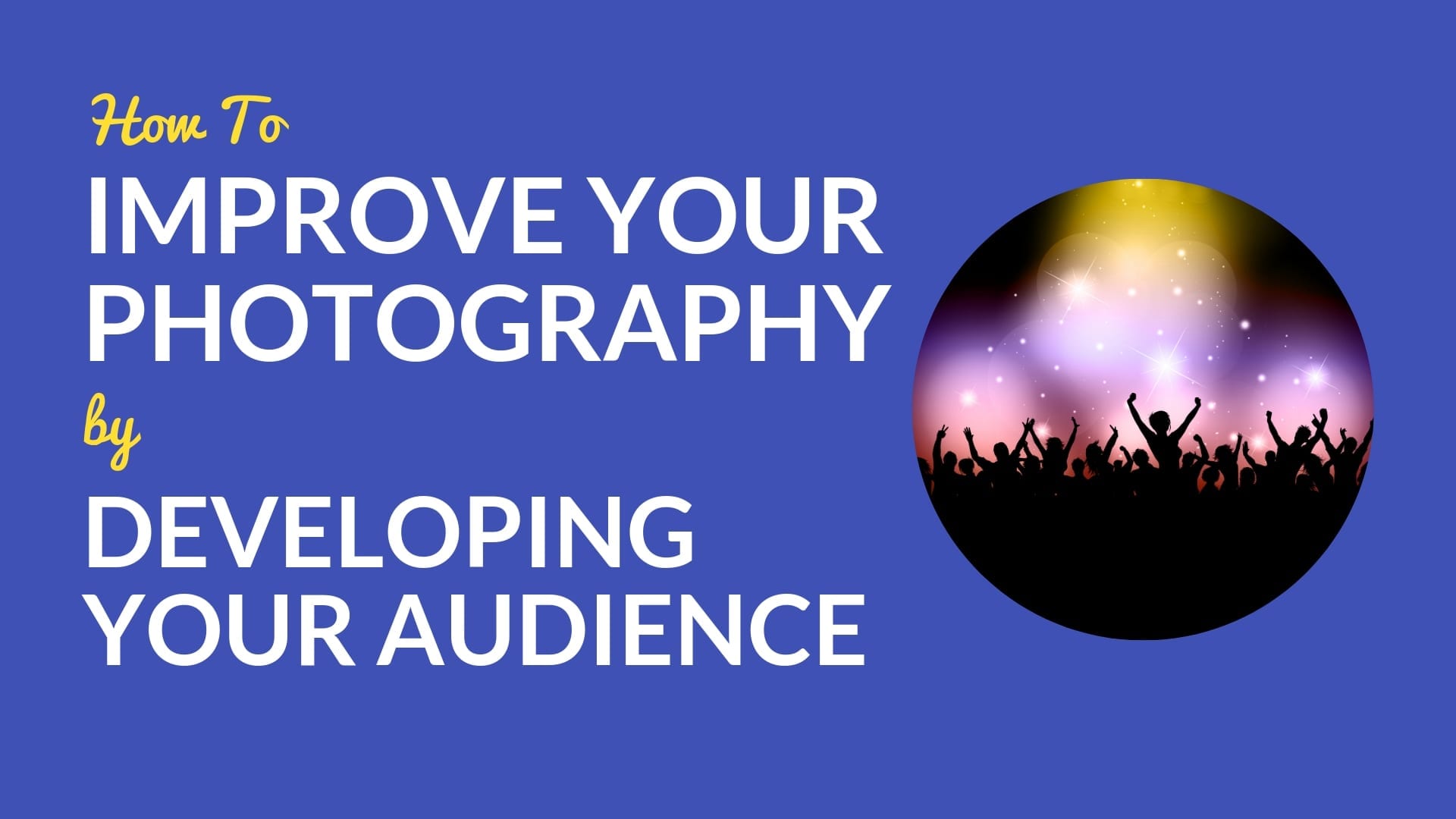Affiliate Disclosure: We earn a commission if you purchase through one of our links at no additional cost to you.
What’s your photography style? Do you want someone to see your photos and instantly know who produced the image? Once you develop your own photography style, it becomes your signature. That style becomes your calling card. Whether you want to enhance your credibility as an artist or a commercial photographer, you need your own style of photography.
Your Creativity and Proficiency Develop Your Photography Style
Do you remember when you started photography? More importantly, do you remember why you started taking photos? While some of us had artistic beginnings, I’m betting most of us started off taking snapshots. Documenting events. Capturing moments that were part of our lives.
Those photos probably sucked.
The difference between us and most other people is that we wanted to do a better job. We wanted to take better photos. We weren’t content with merely documenting a subject. There was an impulse to be better. Maybe not better than anyone else, but as a form of self-improvement.
That was my first step in the evolution of my style.
I started in high school shooting with film and an Olympus OM-10. There wasn’t anyone to teach me how to improve. No blogs. No online courses. No photography seminars.
The only thing I knew for sure was that I could go to a photography school, like Brooks or Daytona State College. Both had excellent reputations. I was certain that attending a photography school is what I’d do after high school.
Then I hit the detour of personal computers. Those little devices completely changed my trajectory. Like photography, there was both a technical and creative aspect. The difference was that I could find a lot more information about becoming a better programmer than a photographer.
I hung up my cameras and never touched them for a couple of decades.
A Whale Made Me Do It
I never considered taking photos again until I went on a cruise in Alaska in 2004. This was important to me. It was a big trip to a place I’d never been and couldn’t foresee visiting again. Travel wasn’t a big part of my youth.
I had a couple of SLRs in an old camera bag. Without bothering to check my gear, I bought some 35mm film and brought it on the trip. The only backup I had was a new Nikon point and shoot camera for the times I didn’t want to lug the big cameras with me.
This was a trip of a lifetime for me. I was out there climbing up mountains and glaciers, then rappelling down. Hiking in the woods and falling on my butt every time I stepped on a slippery rock.
The scenery was beautiful. I wanted to capture it and bring it home to share with my family and friends.
Of course, I paid the price for not checking my gear. I brought my Olympus body and lenses for my Minolta camera. Both worked fine, but not with each other.
All I had was the point and shoot. That’s when I discovered an incredibly frustrating new term.
Shutter lag.
Do you know what a photo of a killer whale looks like when you shoot it with an early 21st-century point and shoot camera?
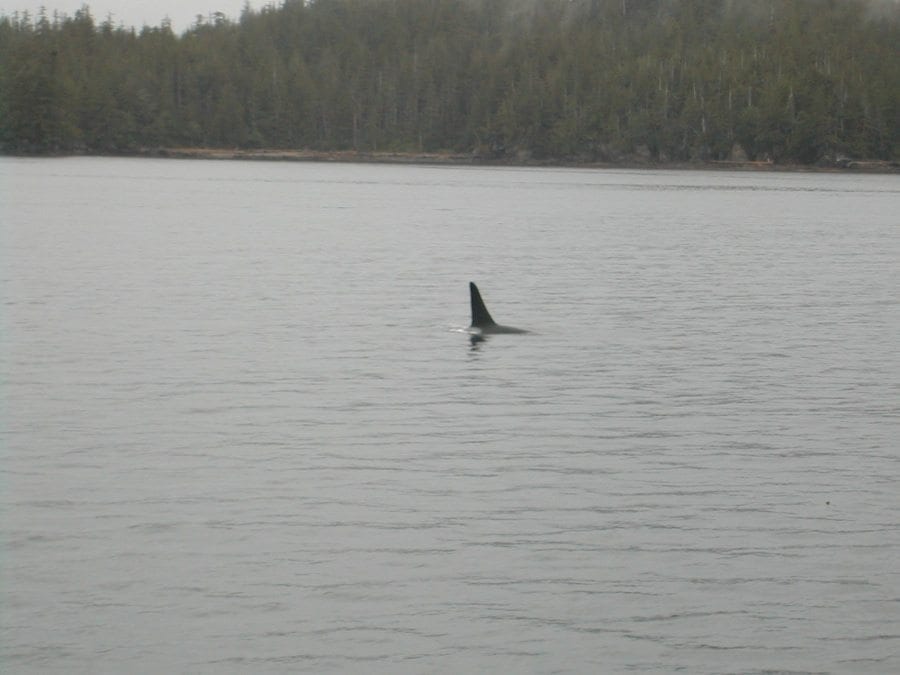
Stunning, isn’t it?
That was my best shot of a killer whale. The rest of the time, I missed the whales breaching due to shutter lag. By the time the camera clicked the shutter, the whale was back underwater and the waves settled down.
There wasn’t much of a zoom, but the worst part was the dull and lifeless colors. The photos just didn’t look like the place I visited.
That little Nikon was fine for some snapshots, but the limitations were enormous. To be honest, it hurt my pride that I screwed up my photography plans for the trip.
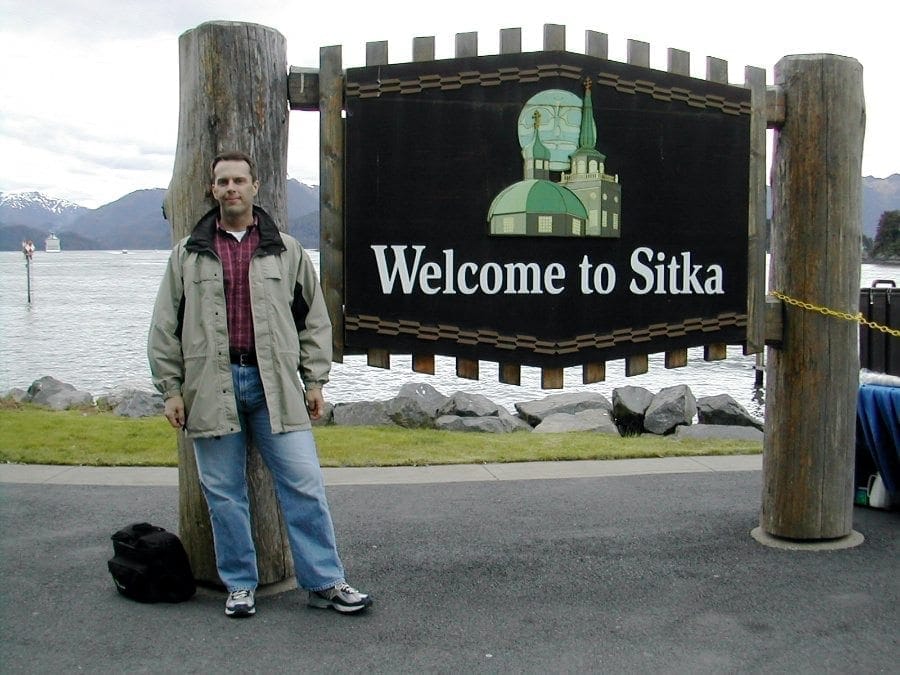
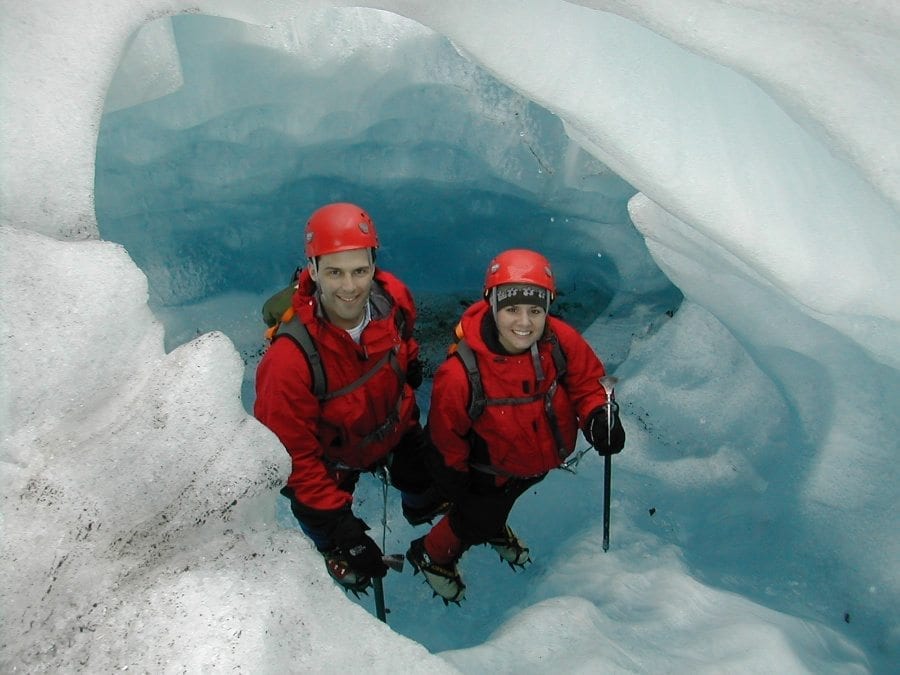
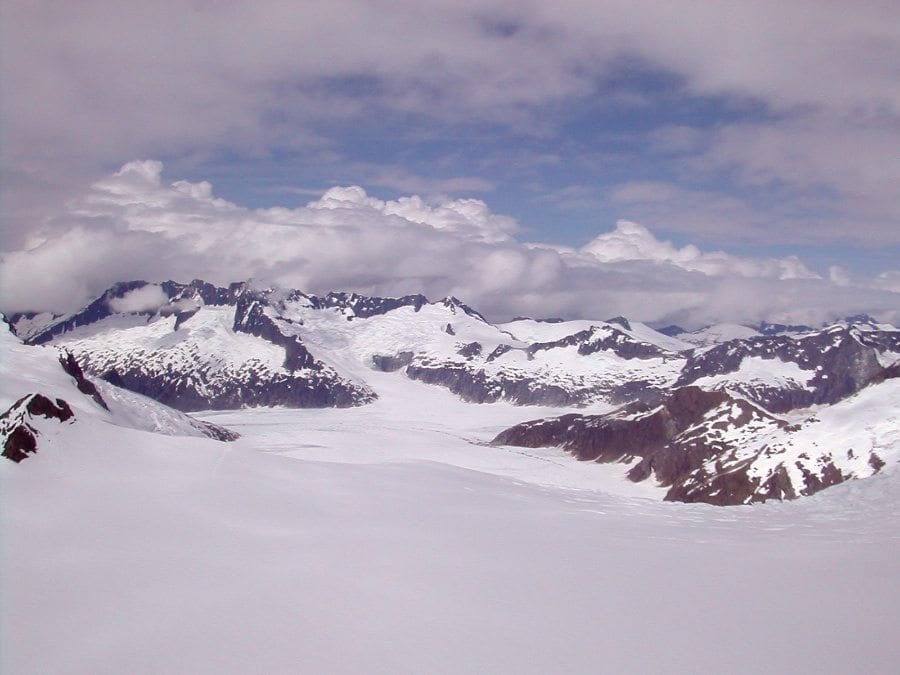
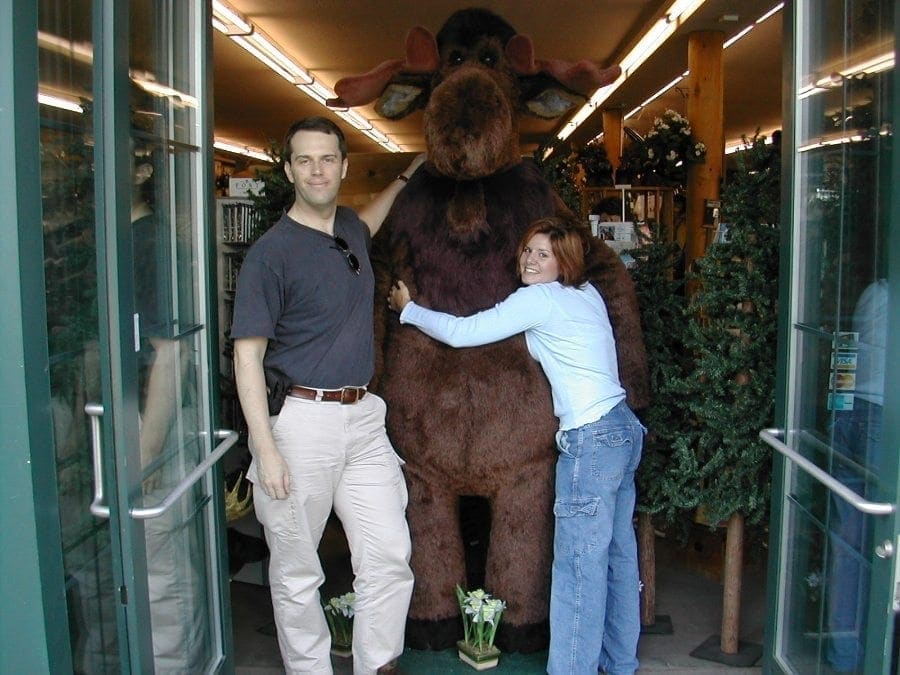
It was time to get serious about photography again. This time would be different. One of the biggest changes I had at my disposal was information; an Internet full of information.
Do You Sell Cameras That Take Nice Photos?
While I didn’t know it at the time, I was starting to develop my photography style. My initial decisions were derived from a disappointing experience.
Clearly, the problem was with the gear.
Isn’t that the way it’s supposed to work? Who hasn’t heard someone say that your camera must take nice photos? At the time, I believed it.
After buying a Nikon DSLR, I went out into the colorful world expecting to come home with beautiful images from my expensive new toy.
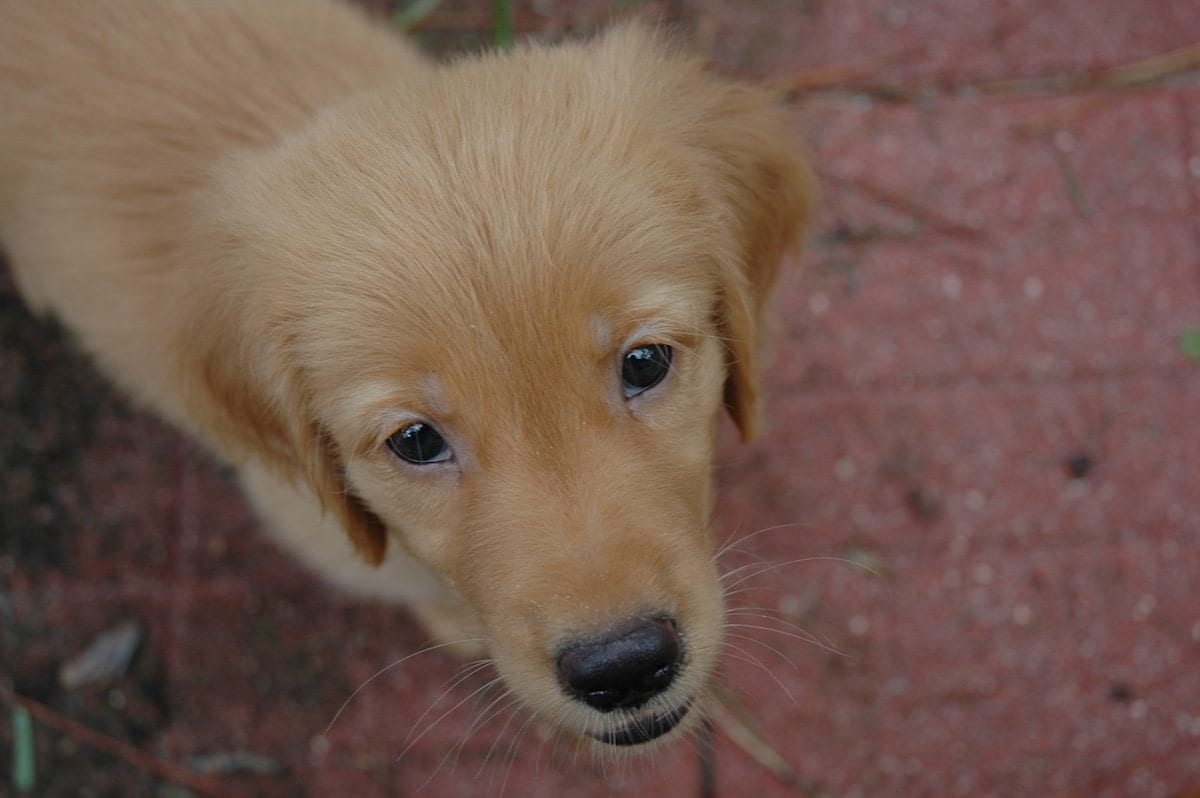
Yeah, that didn’t work out as I expected. My photos still sucked.
It wasn’t all bad. The Nikon DSLR didn’t have any problems with shutter lag. I also discovered it knew how to do something the point and shoot couldn’t do. It could blur the background. That seemed cool, but it didn’t always work.
However, it didn’t know how to take well-exposed photos with vibrant colors. The colors were much better if I shot in JPEG mode. Those RAW photos were just dull. As an added bonus, I got a lot more space on my card by shooting JPEG instead of RAW. Who would ever want to use RAW mode? Lousy colors and a space hog.
About this time, I needed a place to put my photos. That’s when iPhoto seemed useful. Not only could iPhoto store my photos, but it had something else called a Saturation slider.
What happens when you crank this thing up to 11?
Original

Saturated

Well, that was just awful.
Let’s face it. I’m a slow learner. I can tell what’s wrong with my photos because I see things that I don’t like. I see other photos that I admire and I simply want to know how they did it.
The biggest factor in the evolution of my photography style was that desire to learn so I could improve. I didn’t want to settle for the results I achieved on my own and it was too late to go back to a photography school.
Fortunately, I had a lot of options to find help. I went to my first photography workshop and it opened my eyes to a lot of possibilities.

Not perfect, but I got over my sense of frustration. That first workshop gave me a lot of the fundamental tools I needed to understand to work with exposure, lighting and composition. While I still made mistakes, now I could look at them and understand what worked, what didn’t, and how to tweak things to get the result I wanted.
Finishing Touches
The saturation slider in iPhoto was my first experience with any kind of post-processing. While I liked the idea of bolder colors, it was clear those colors just weren’t realistic. I spent some time convincing myself that it was “artistic”, but you can only hold on to that kind of delusion for so long.
The saturation slider is crack. Don’t do saturation, kids.
I moved from iPhoto to Aperture and it helped a bit. However, the real change came when I moved to Photoshop. It’s only been a few years, but it’s remarkable how much the tools for post-processing have improved. We have more control and range to bring out the photos we want to see.
That’s not to say that there weren’t some new opportunities for garish results. HDR comes to mind.

I experimented with different styles and techniques. I tried to do what the tools allowed me to do. It was fun at the moment, but I realized I was still playing with technical capabilities rather than developing my creative side. Eventually, I found a way to work with HDR so it didn’t shock the senses with electric color and contrast. Instead, I wanted to reveal what I experienced.
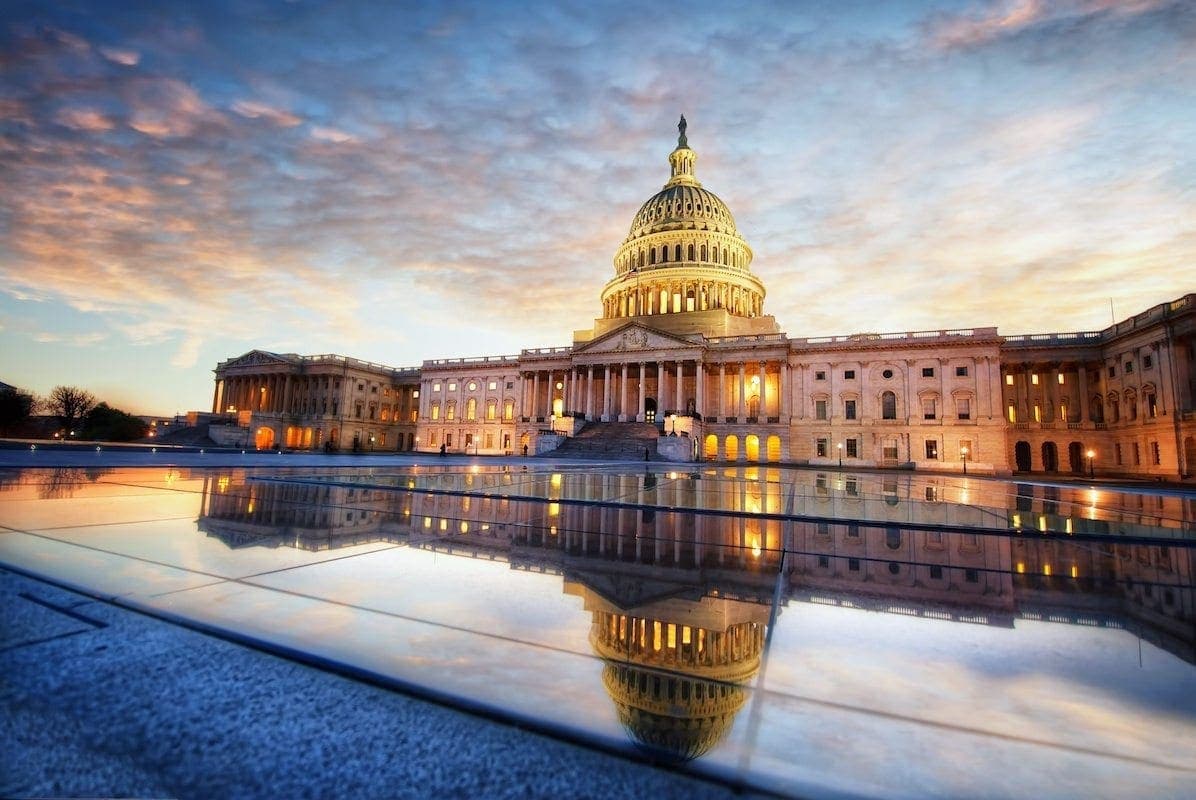
Then there were times when I wanted to allow my imagination to experiment with color, light and motion.
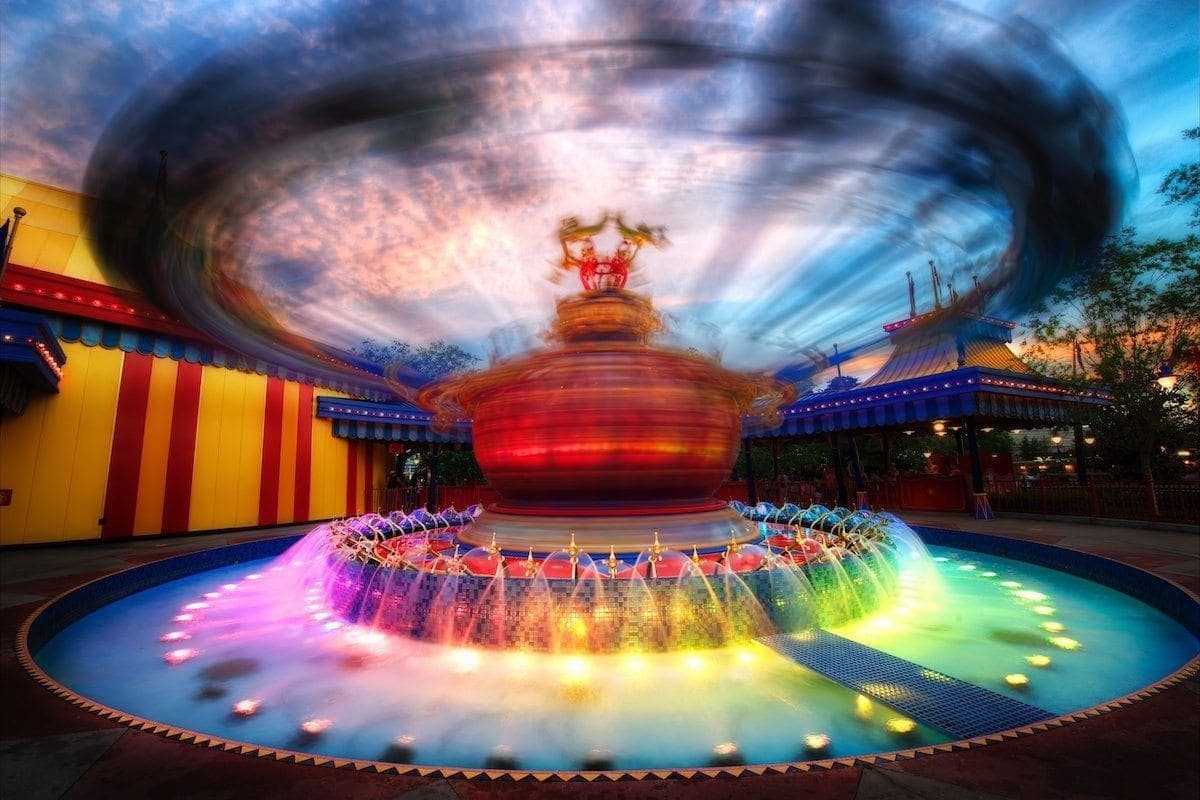
There’s a small sense of satisfaction when you accomplish a task. You get a greater sense of satisfaction when you create something new. I realized that I didn’t merely want to document subjects as well as I could, but that I wanted to create images that wouldn’t be available to anyone else.
Collaboration Is The Key To Creativity
I look at a lot of travel photos these days as trophies. You can take the exact same shot as someone else. Just go to the same place at the same time. Setup in the same position. Click the same shot.
Maybe there is some variation in post-processing, but I’ve found that even the composition of travel trophies are pretty much the same. How many times have you seen Horseshoe Bend or Mea Arch photographed in a new and interesting way?
Almost none. That’s because you show up at these places and it’s packed with photographers all lined up to get pretty much the same shot.
By this time, I had control of my tools and the technical aspects became secondary. I understood how to use leading lines, rule of thirds, depth of field, shadows, and lighting to shape my image. What truly became important was a collaboration with others to make a shot.
It could be a moment or a scene, but I couldn’t do it alone. Someone else had to help, whether they knew it or not. That’s when I saw my images change and I developed my own sense of photographic style.
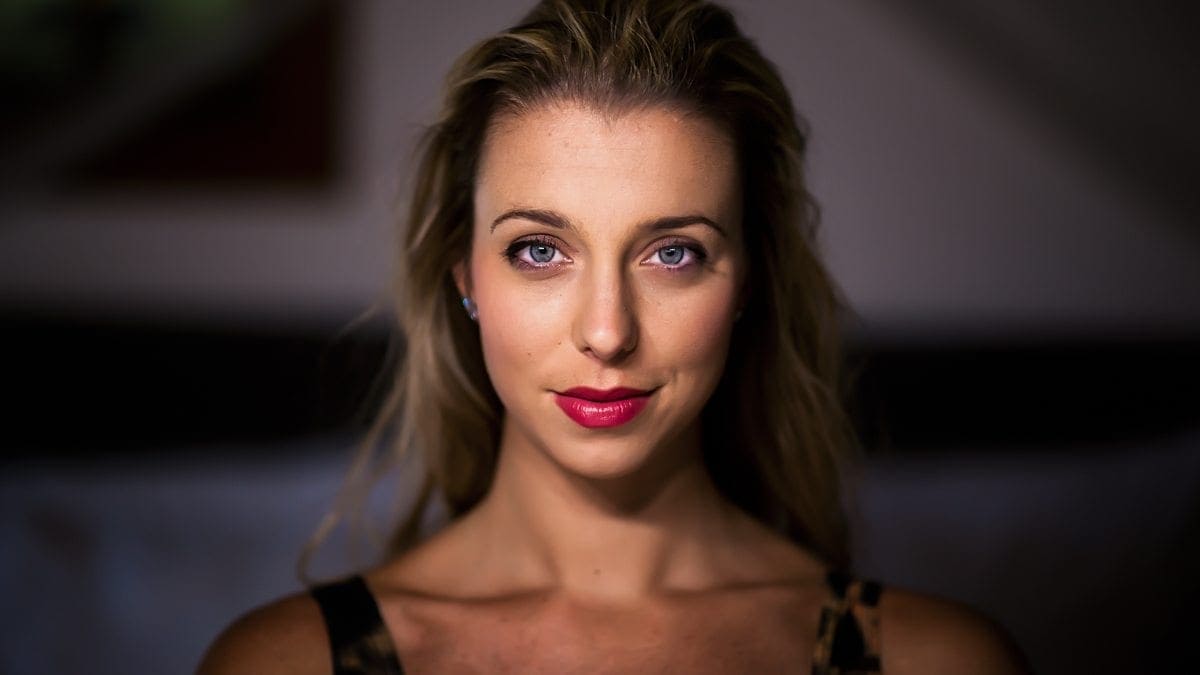
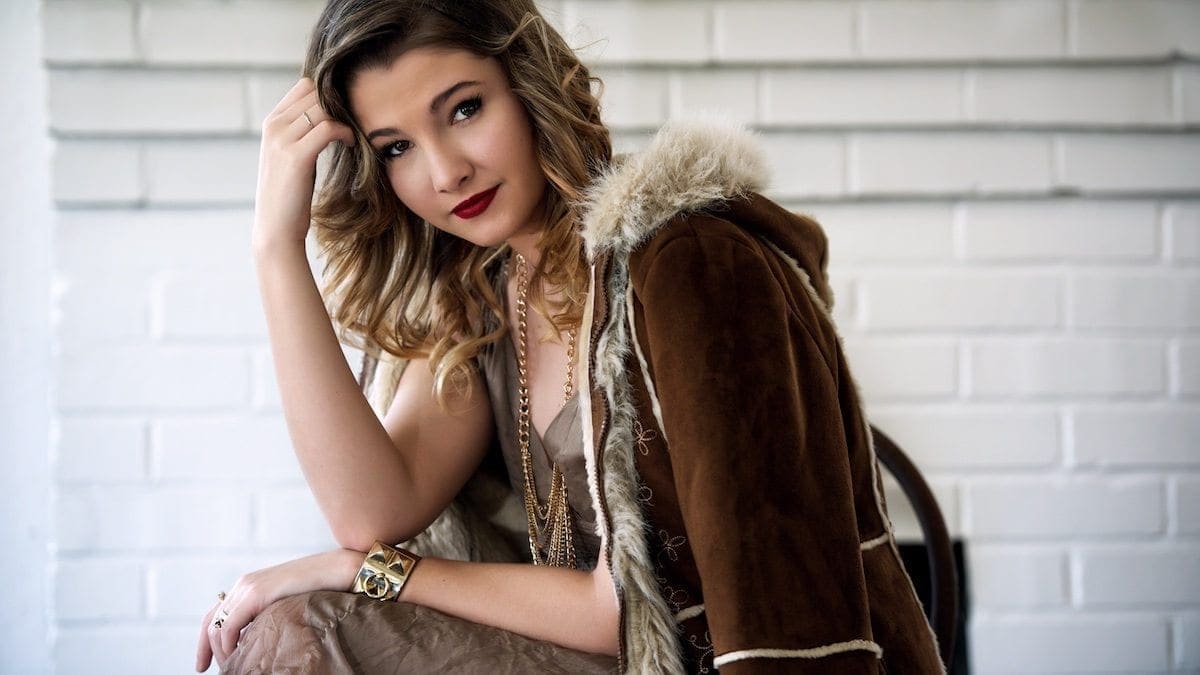
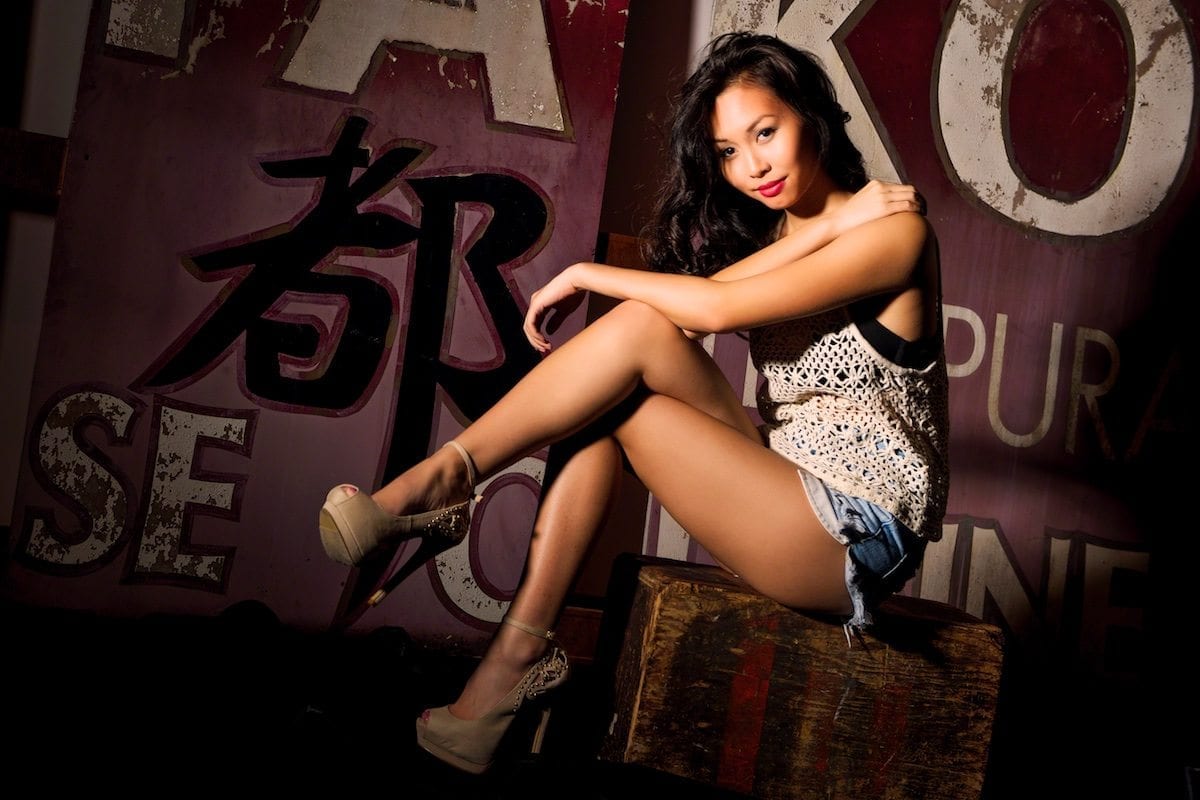
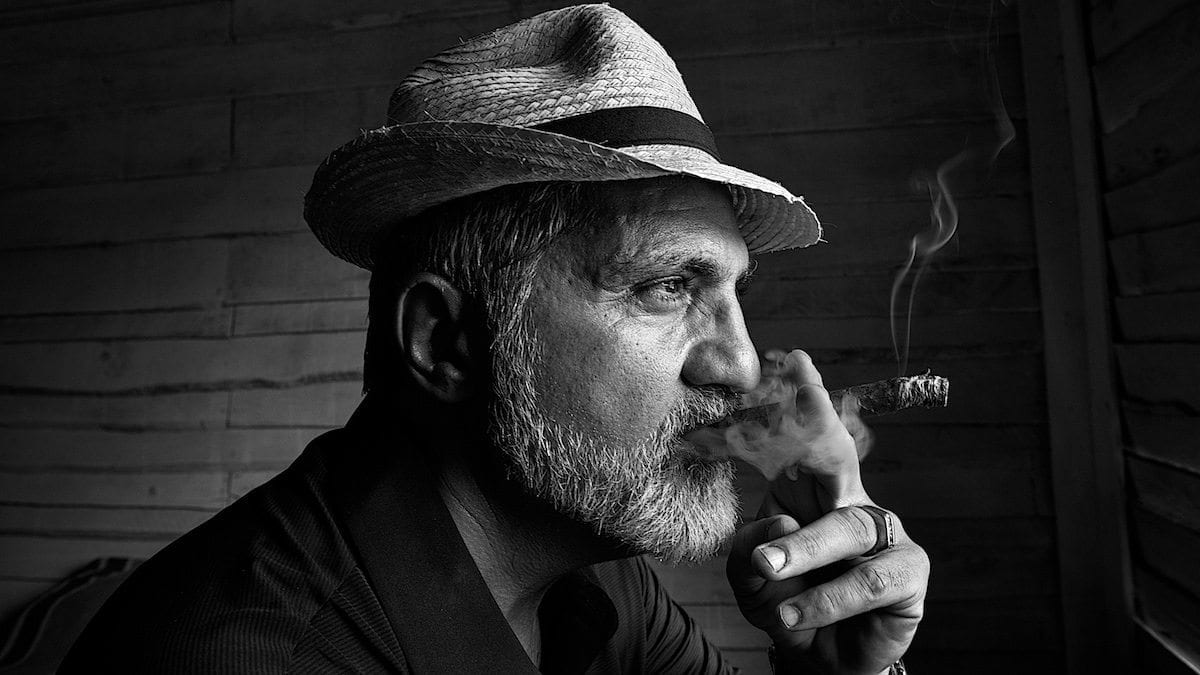
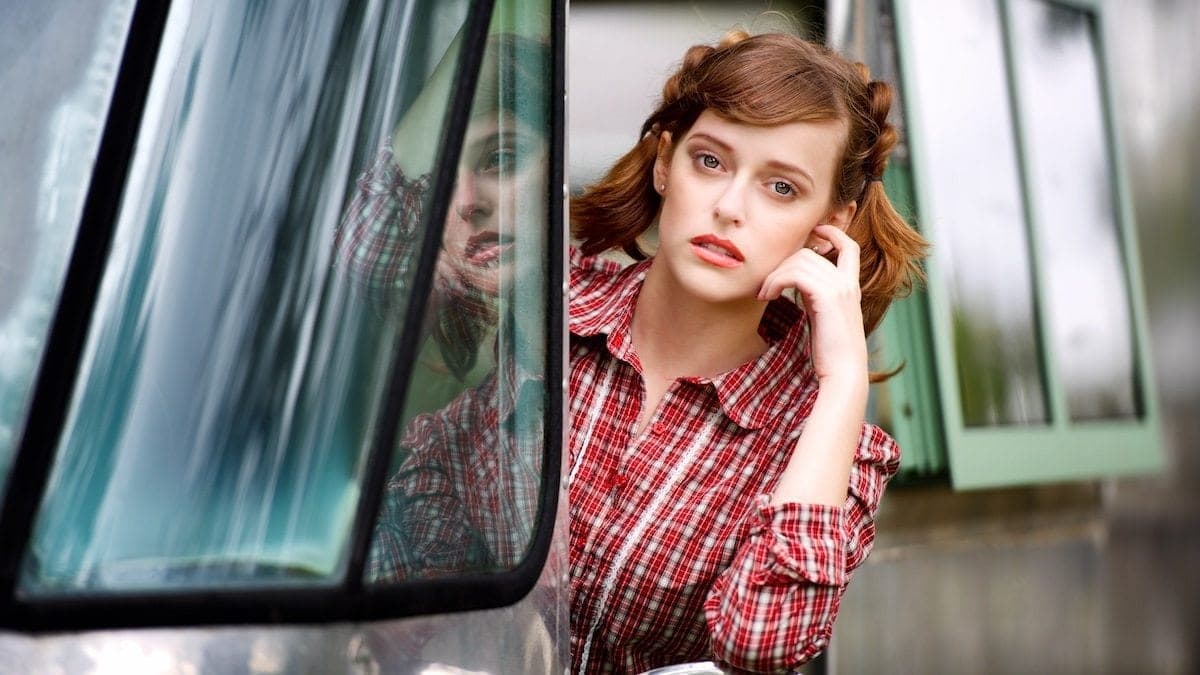
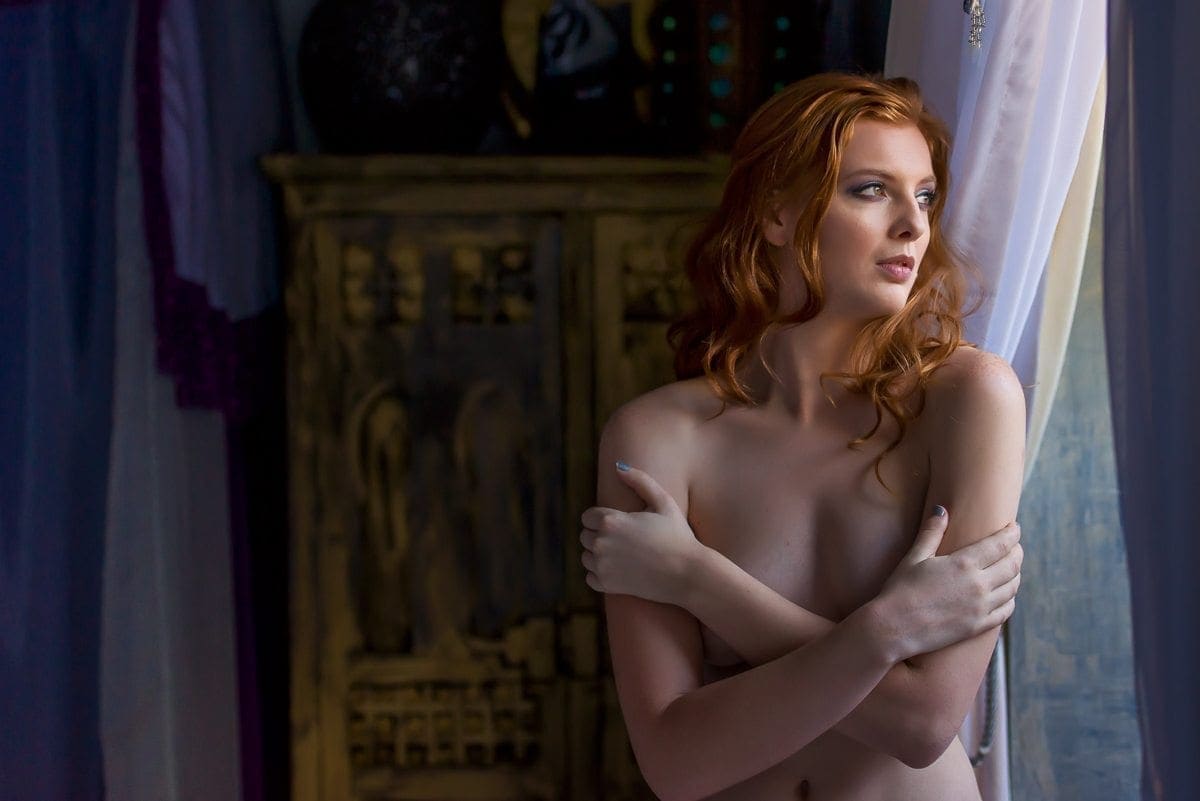
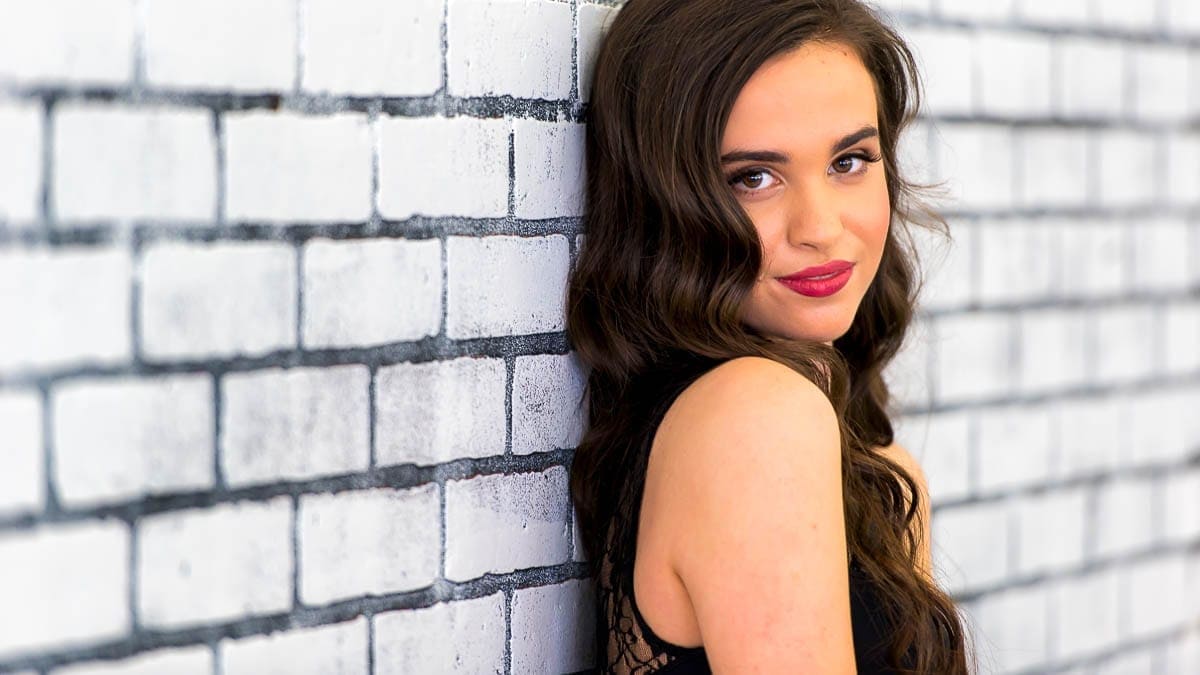
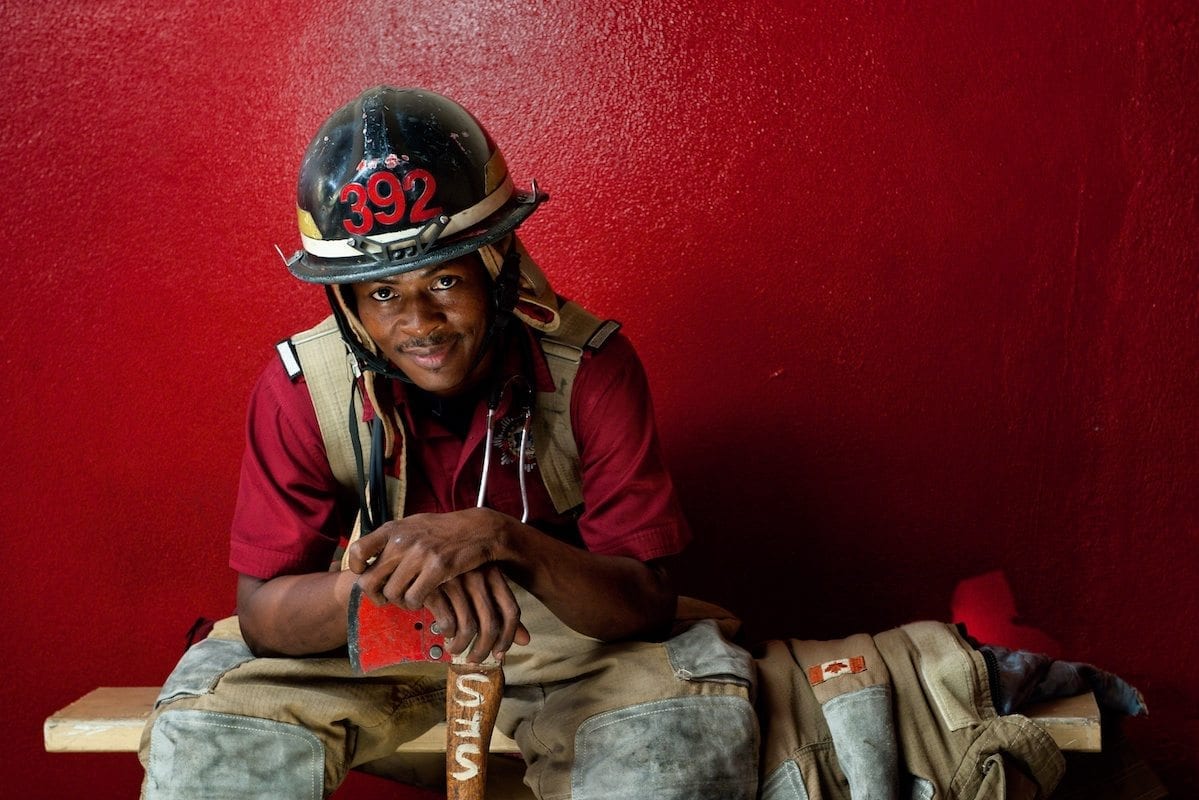

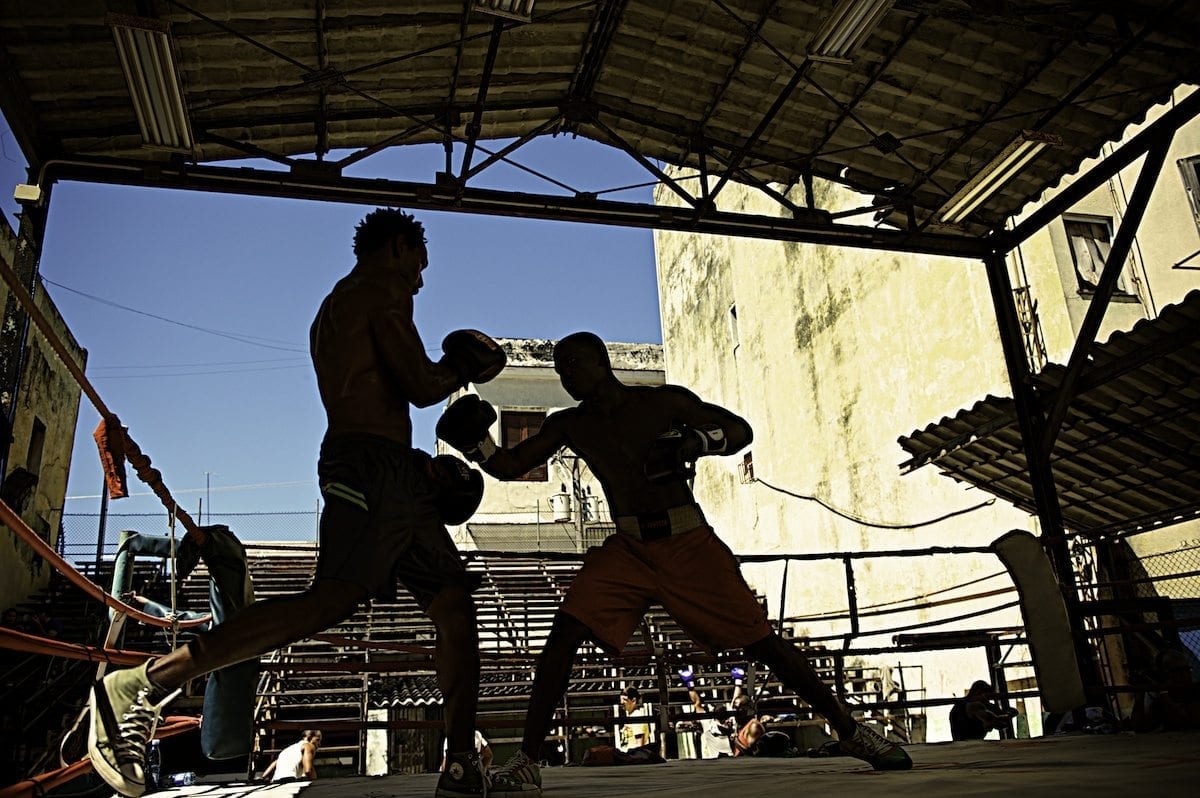
The greatest decision I ever made in developing my photography style was to spend time with other people. I have a group of friends who shoot locally. I’ve traveled to workshops to learn techniques, but also to meet new people who shared their ideas.
Getting input from others, both as critique and collaboration, helped me understand what I like in my photos. Most importantly, it helped me eliminate the distractions from my photos.
Finding A Person In A Place
Tools are important, but they aren’t the cause of the photo. There’s an argument about the importance of gear in a photo. You need the gear that helps you achieve the result you want, but the gear doesn’t do it for you.
Likewise, the gear isn’t the sum of your tool kit. Your style develops from your experiences, both success, and disappointment. Each image gives you a new appreciation of something you can use on your next project or something that you should remove.
I like the idea that our photos communicate little stories. My favorite photos put a person in a place. Sometimes they belong. Sometimes the person and a place are forced together for juxtaposition. In either case, I can’t do it alone.
To continue my style, I need help. Models, make-up artists, wardrobes, and location are all part of the picture. I can come up with the idea and I have to become a producer to make it happen. Sometimes I’ll get lucky and be in the right place to capture a moment I didn’t produce, but it still wouldn’t work on my own.
The Secrets Of Your Style
The journey to develop a photography style is different for each of us. I’m a slow learner, but I think that allowed me to really spend time finding what works and what doesn’t.
I’ve meddled with action, concerts, food, travel, portraits, wildlife, and more. Each experience helped me decide what I liked. Refining your subject matter is part of your style. You begin to develop consistency and become known for a type of work.
That isn’t the end of it. How you treat your subject is a result of your creative vision. I’ve looked at some lovely photos that I have no interest in taking. I dabbled with composites, pulling pieces of different photos and arranging them into a new work of art. It’s stunning, but it’s not for me.
Your use of light and shadow becomes part of your style. Take a look at some work by Annie Leibowitz. See behind the elaborate sets and you’ll notice she prefers incredibly soft, wrapping light on her subjects. It’s part of her look and style.
We live in a world of color. Some photographers only see in black and white. They’re less interested in the colors than the shapes and tones. Color gets in their way.
I prefer a color that works thematically. Sometimes that means using simple color contrast and in other cases, it helps to use the spectrum in an orderly way. Just throwing up color doesn’t work. There has to be some sense to the way color contributes to the scene.
Our lighting and lenses give us tools to isolate the most important part of the photo. You could use depth of field or shadows and highlights. The decision isn’t about what tool to use or even the effect that it creates, but rather what impact the result generates to the viewer.
Isolation is a powerful tool. Eliminating distractions, even little ones let the viewer dive into the photo without any concerns. They don’t know they’re being lead where you want them to go, but they certainly know when something is in the way.
The things we don’t like are the ones that are most obvious to us, which means those are the things that can make someone bypass your photo in a split second without thinking about it.
I can’t know what subject will matter to you or what elements you’ll choose to develop your own style. What I do know is the secrets of your style are the same as mine.
Know your tools so well that the technical aspects fade away and you can concentrate on your vision. Eliminate the things that don’t matter and add your own shape to the thing that matters most.
Does Gear Matter?
I used to devour specs of new cameras and lenses, hoping to reach some new plateau with new gear. It’s been a few years since I last bought any gear, though. I have gear that works well, but there are big changes in technology these days.
I recently heard about Light and their new camera technology combining quality and convenience. The L16 camera has 16 lenses built-in, meaning you will never have to change lenses and carry around bulky gear with you, all while maintaining high quality.
Once you find your style, you want the gear to get out of your way. It’s the results that matter. If you don’t have to lug a heavy camera with a long lens, what can you create with your vision? How many more opportunities will appear when you can use something that’s always with you?
Millions of people use camera phones to take photos to capture memories, but few of them are making great art. Maybe the next big thing that comes along will give us some great creative potential that we can carry in a pocket. Then we’ll have a tool that gets out of our way and allows us to concentrate on our creativity and photography style.

